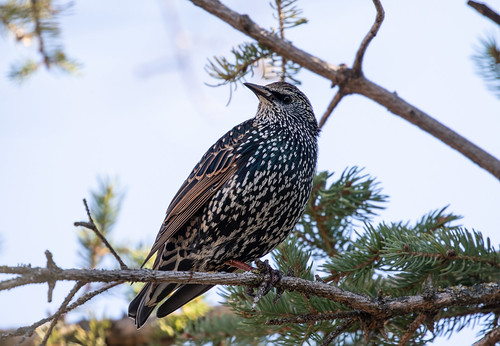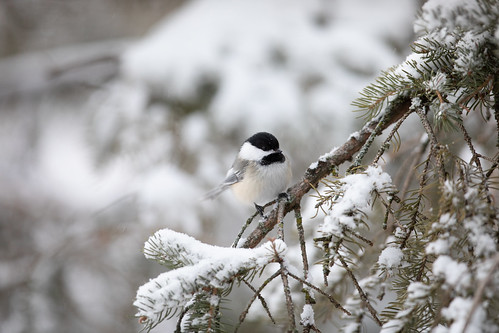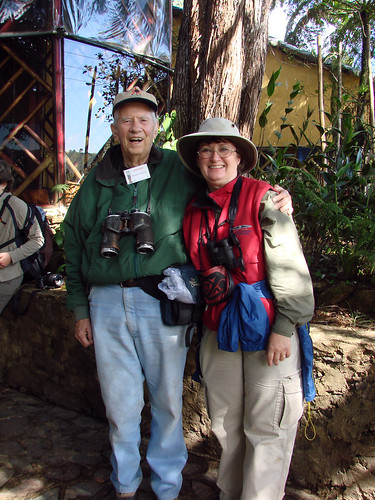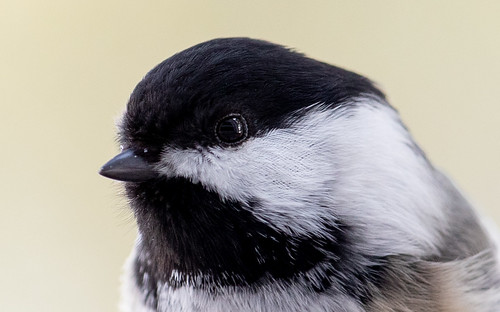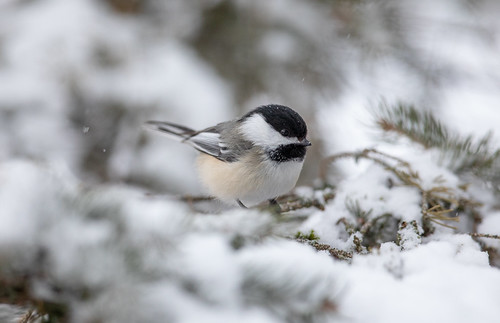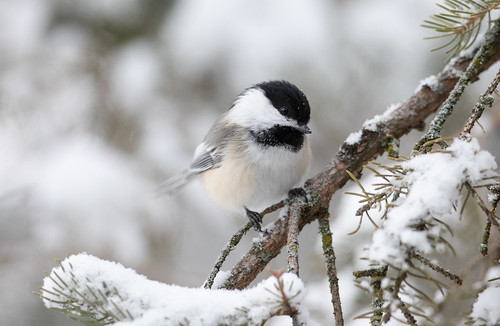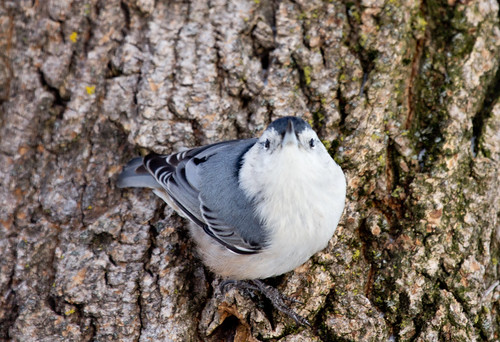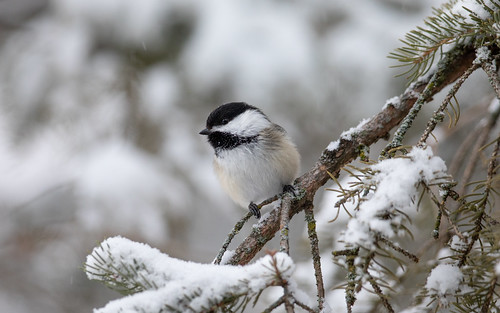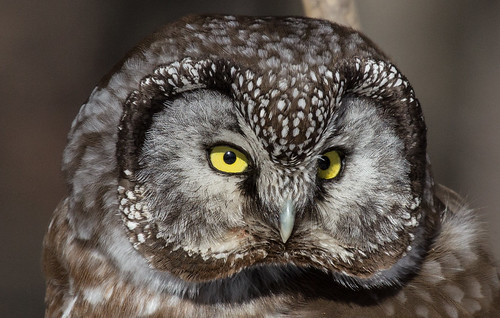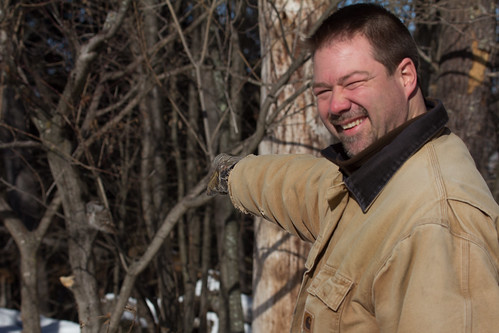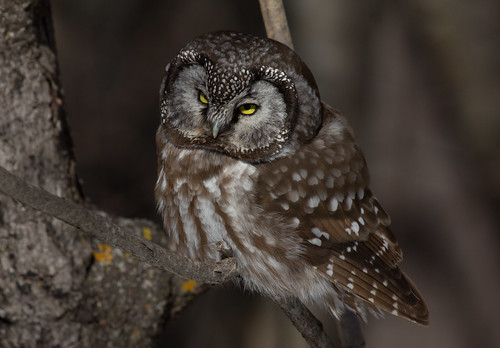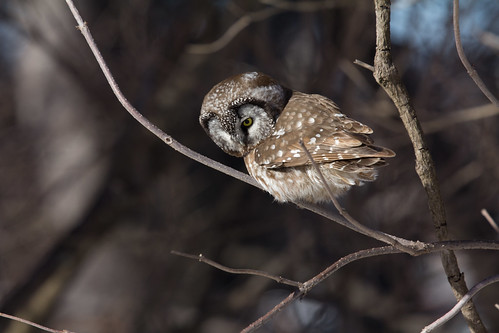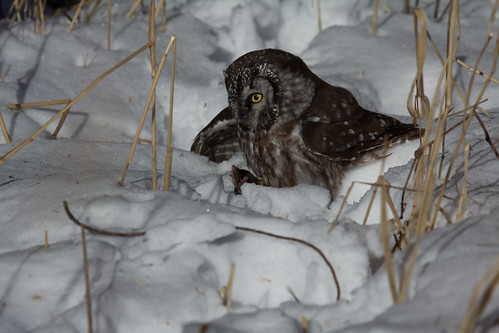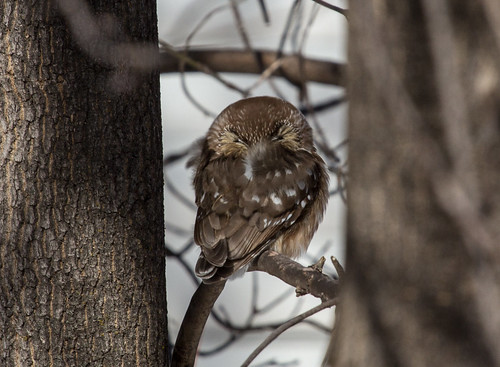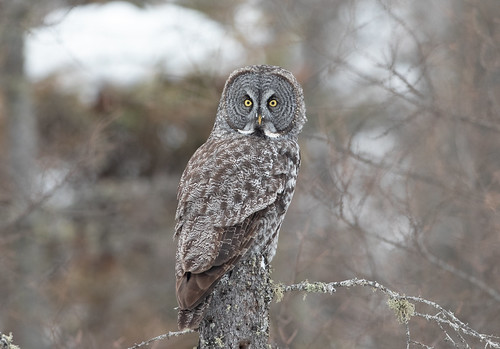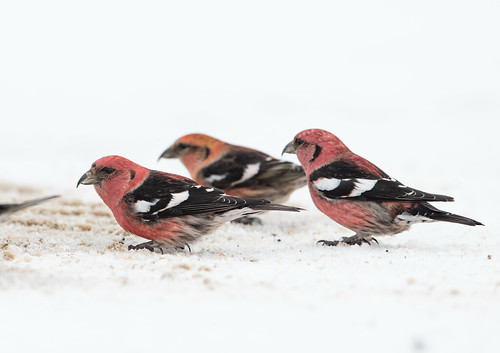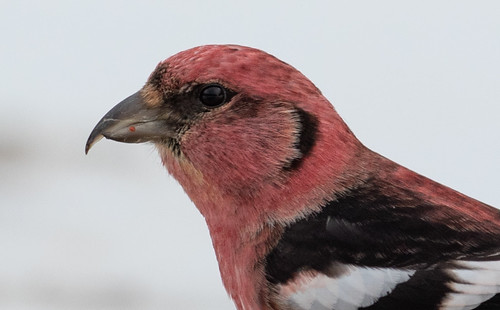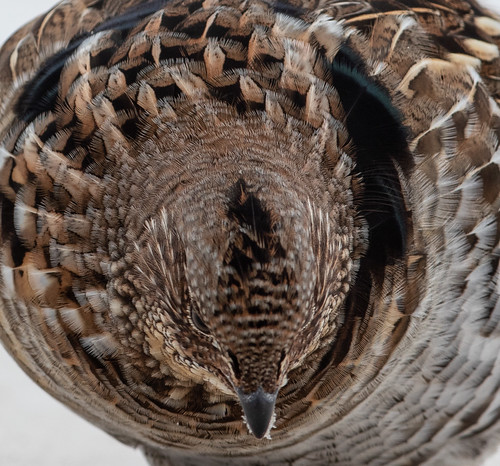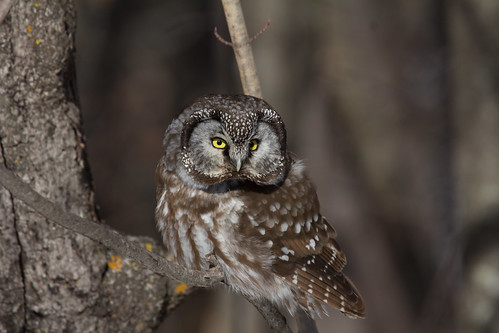 |
| Barn Swallow fledglings Photo © 2021 by Mark Kastel |
Now that what seemed like an endless spell of below-zero temperatures is over, the snow is suddenly melting and my thoughts are turning, prematurely of course, to spring. Great Horned Owls are into their nesting season now, but most sensible birds are waiting for actual spring, and some of my favorites, like those Barn Swallows which Aristotle mentioned ("one swallow does not a summer make") are still thousands of miles from here.
I’m still taking heart from hearing my Black-capped Chickadees and White-breasted Nuthatches singing, and my Downy and Hairy Woodpeckers drumming. They are out there in the day-to-day grind of finding enough food to survive each long winter’s night, but those long winter nights are growing shorter even as some of the longer days are getting milder. That allows birds to draw their attention away from food gathering to think about romance for seconds or minutes at a time.
I don’t know if birds feel impatience about how long the end of winter and intimations of spring last. Every now and then I look out at my bare feeders and the even barer branches on my trees and long for the first orioles and Rose-breasted Grosbeaks, or even the surge of redpolls we often see in March and April as they head much further north. So it was with a very welcoming heart that I received a lovely letter from Mark Kastel on February 22. Mark listens to "For the Birds" on WDRT in Viroqua, Wisconsin. He writes:
I am blessed to share this 160 acres with lots of wild critters. Some of whom I get to know. There are red tailed hawks that overwinter, lots of owls and once in a while an eagle (although they've never nested here). And certainly many other smaller birds. I keep my kitties in the house, in part, to protect everybody outside.
My barn, and sometimes my garage, are filled with barn swallows. I have to say I love them the best. Not only do I never have mosquito bites but they just put on a tremendous aerobatic display and I get to watch them as they mature.
One year they were late returning from South America. Over the winter I had put up some hardware cloth on the windows to close up the barn so the pigeons would find another home. When the swallows didn't return in the spring I was afraid I left the screening up too long and maybe they had found a different nesting site. But they were just late that year. When they arrived back home it was the only time I can remember in my life, literally, crying for joy. I'm always amazed that after the 30 years I've been here, multiple generations of these birds continue to call this home.
This was a couple of years ago when there was a nest in my garage. I used to stick some cardboard underneath it to collect the poop and these two fledged but didn't stray too far. They are usually up on something higher/safer. I think they're incredibly cute when they are young.
I end up with dozens in my barn and up in the roof joists outside. By the time they have their first clutch (if that would be the right term) there are swarms of them. If I go in the barn regularly they're not too scared and roost up on a track for an old manure cleaning system. I can get pretty close to them. The babies don't seem to be scared at all. It is really a lot of fun watching them.
I’ve never lived anywhere Barn Swallows nested, though I did raise a brood of them once and so know how adorable they are, and had a visceral appreciation for just how joyful Mark felt when his birds finally showed up. That was a lovely story to read during this long, long winter. Thanks, Mark!
 | |
|
